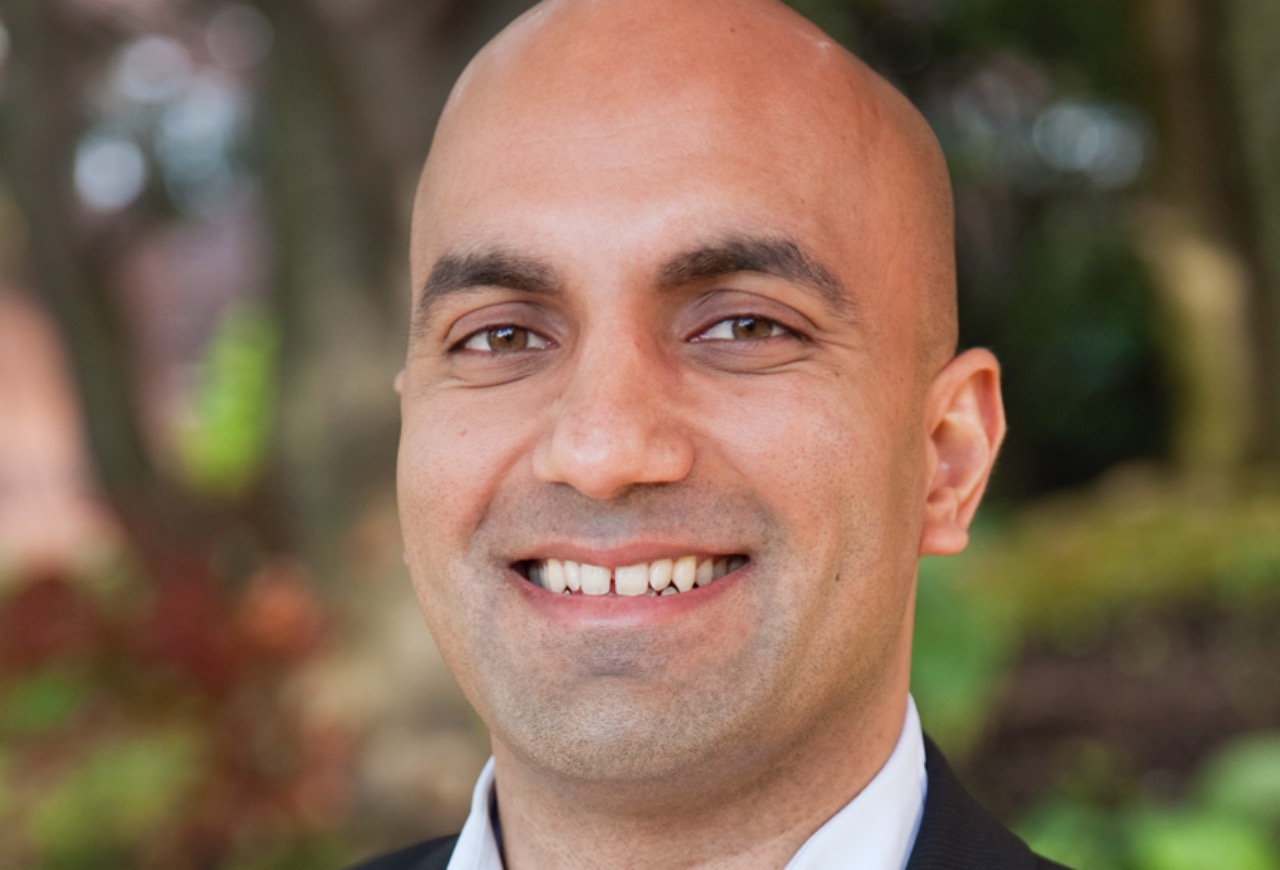The Global Impact Investing Network has published a report highlighting the key trends and challenges in impact measurement and management practices.

Only a small proportion of impact investors (15%) compare their impact results to their peers and yet, 76% consider the inability to compare impact to peers a significant or moderate challenge in the industry according to findings from the impact measurement and management (IMM) practice report published by the Global Impact Investing Network (GIIN) last week.
This latest report, which consolidates data and insights from more the 300 impact investors globally, found that comparability of data, especially to peers, was a key challenge in making informed investment decisions and underscored the need for more industry impact performance analytics.
The GIIN has developed several pilot benchmarks and other analytical tools, such as the IRIS+ impact performance benchmarks as reported in this publication last year.
Speaking to Impact Investor, Amit Bouri, the GIIN’s CEO and co-founder, said the organisation would continue work to expand its benchmarks in agriculture and financial inclusion, with another sector-specific benchmark focused on energy set to launch this year. He said these would be made available as a public good to all investors on the IRIS+ platform, but added that industry adoption was critical.

“Industry ecosystem builders, exemplified by organisations like the GIIN, have crafted pilot benchmarks and cutting-edge analytical tools, empowering decision-making in the sector. Nevertheless, to truly propel these transformative initiatives forward, it demands resolute leadership from impact investors themselves,” said Bouri.
The report highlighted that a strong leadership opportunity existed “for impact investors to share impact data at scale and for field-builders to use that data to build decision-useful analytic tools”.
This latest report is part of the 2023GIINsight series and follows the publication of two other reports on impact investor demographics and impact investing allocations, activity and performance earlier this year.
Key findings
The GIIN said the findings would help the industry better understand how impact investors were assessing the social and/or environmental impacts of their investments and how they were using impact performance data to inform their investment decisions.
The report revealed that when defining impact priorities investors most commonly considered the scale of the problem they were seeking to address (82%), followed by over two-thirds (77%) who aimed to align their impact priorities with global development agendas, such as the Paris Climate Accords and the UN Sustainable Development Goals, whilst 59% considered their investors’ or clients’ objectives. Investors were also increasingly considering investees’ objectives (64%) when setting impact targets.
Other highlights included the importance of setting quantitative targets, which the report said enabled investors to assess their performance and make discerning portfolio decisions, finding that among impact investors who set specific quantitative impact targets, 61% did so at the investment level and 52% at the fund level.
On the topic of auditing impact, the report found that just under half of investors (49%) are audited either internally or externally for impact management processes, and only 46% of investors are audited specifically on their impact results or performance. Nevertheless, it underscored the importance of accountability mechanisms to improve transparency and rigor in the assessment and reporting of impact and stated that holding investors accountable could enhance credibility in the industry and ultimately, improve both impact practice and performance.
End stakeholder insights
Investors are also increasingly taking both stakeholders’ and investees’ views into account in their decision-making processes according to the report’s findings. Although 49% of investors do not engage directly with end stakeholders, their investees do and only 5% of investors in the sample reported that neither they nor their investees engaged with end stakeholders. Among those investors who do engage with end stakeholders, most commonly, they do so to identify stakeholder needs (39%), collect impact data (37%) and understand impact outcomes from the end stakeholders’ perspectives (36%).
In response to questions from Impact Investor, Dean Hand, chief research officer at the GIIN, said that engagement between investors, investees and stakeholders was crucial as it provided an opportunity for mutual learning, as all parties could share knowledge, best practices and guidance to enhance impact investing strategies.
“Even in cases where direct input from end stakeholders is not possible, investee companies can offer insight into the effect of an investment on the end stakeholder, both positive and negative, intended and unintended, to inform investment adjustments over time,” said Hand.
However, he said it was important to be mindful that different types of investors, including indirect versus direct and private markets-focused versus public markets-focused, naturally engaged with stakeholders differently.
“As we see growth in public market investments, with impact assets allocated through public debt investments growing by 101% and public equity growing by 14% between 2017 and 2022, this presents an opportunity to better understand the techniques investors are using to engage with stakeholders and the mechanisms they are using to include diverse stakeholder voices in the investment process,” he added.






